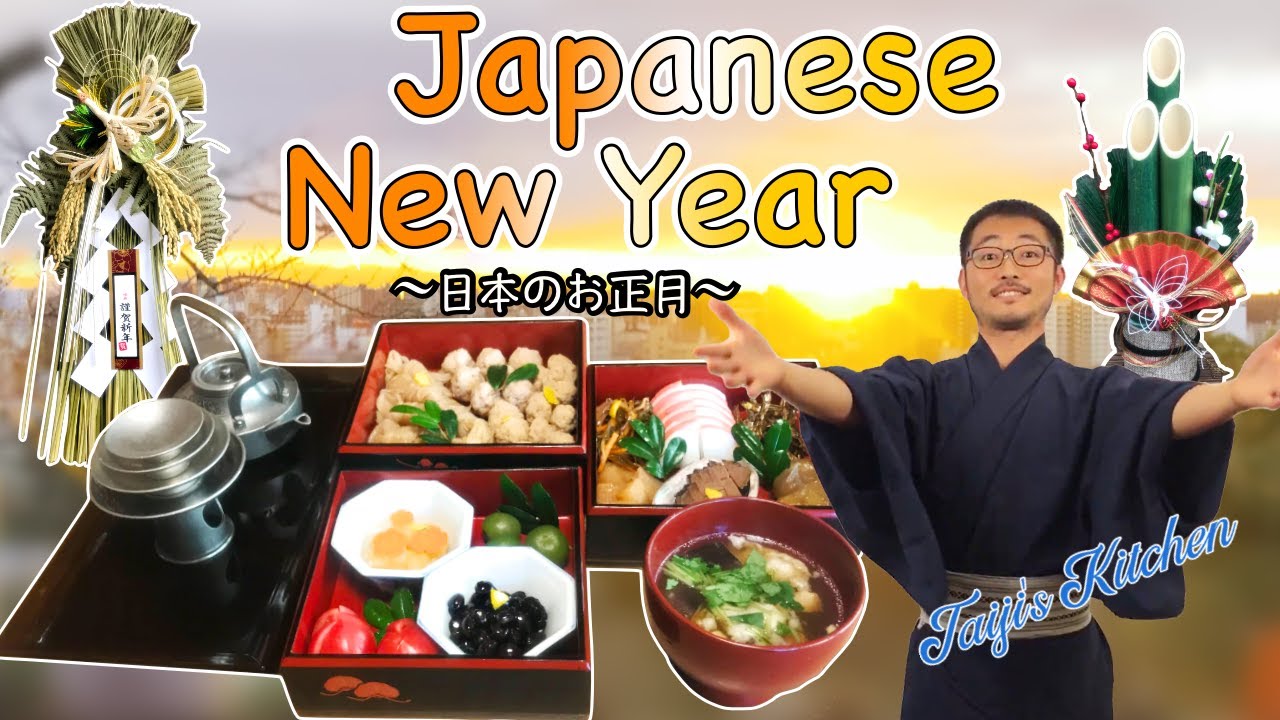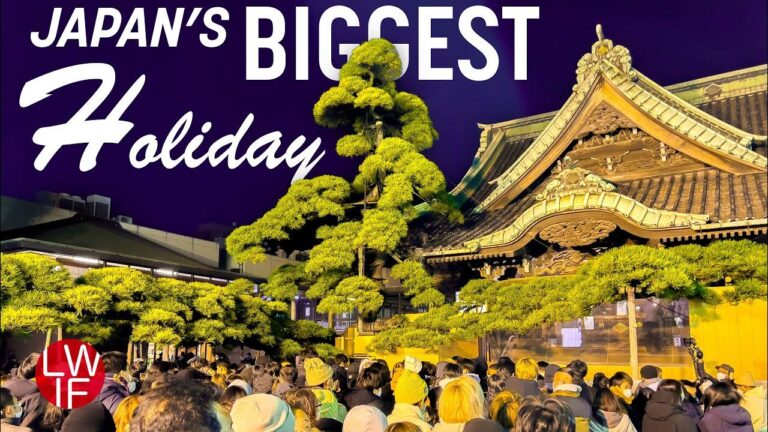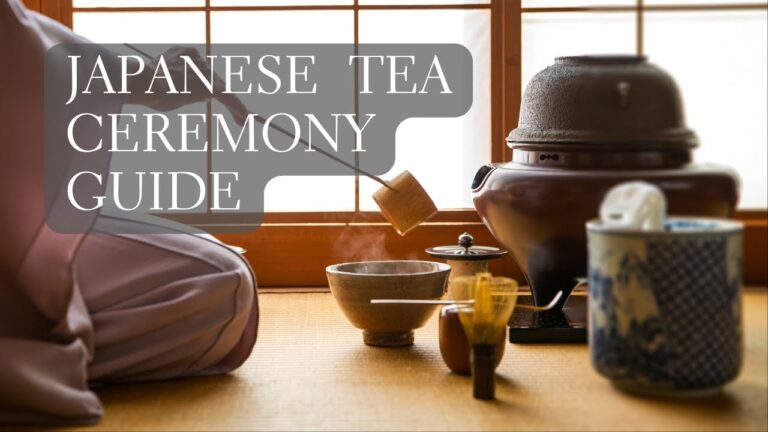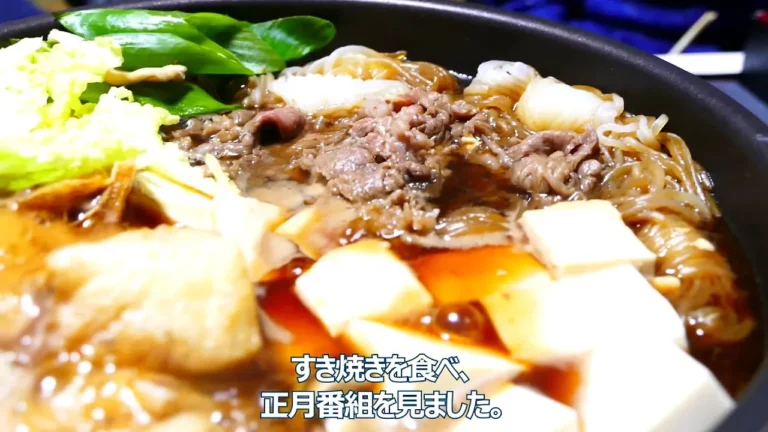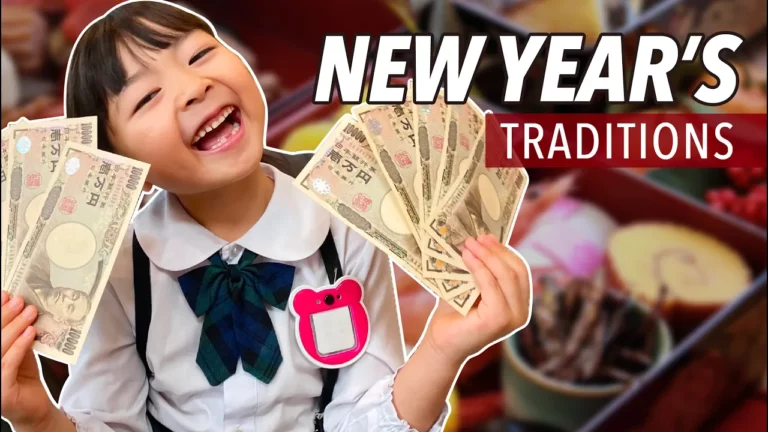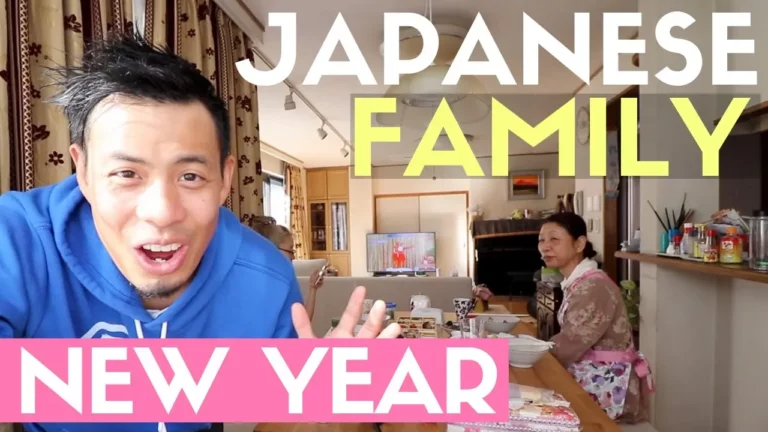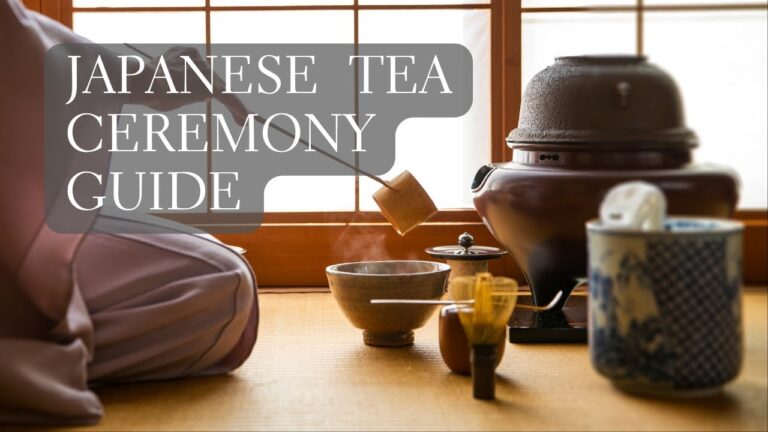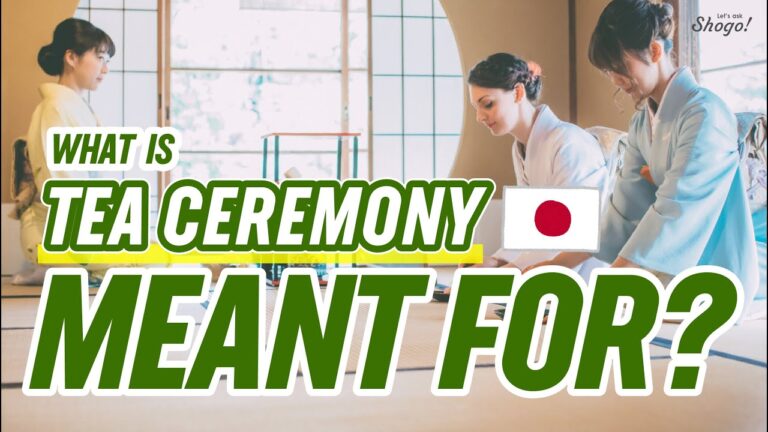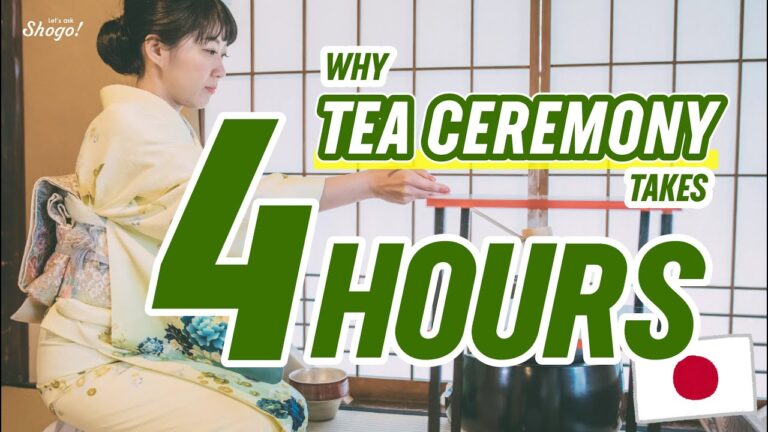The Japanese New Year is a time of rich traditions and meaningful customs that reflect the country’s unique cultural heritage. From the meticulous cleaning ritual known as osoji to the serene hatsumode at shrines, every aspect of the Japanese New Year is steeped in symbolism and reverence.
One of the key highlights of the Japanese New Year celebration is the preparation and enjoyment of osechi ryori, a special breakfast that consists of a beautifully arranged bento box filled with a diverse array of dishes. Each component of osechi ryori carries its own significance, representing wishes for prosperity, health, and happiness in the coming year. From tatsukuri flavored sardines to kamaboko fish paste, every ingredient tells a story of tradition and cultural depth.
Another essential element of the Japanese New Year celebration is the art of mochi making. Mochi, a sticky rice cake, holds a special place in Japanese culinary customs, especially during the New Year festivities. The meticulous process of pounding steamed rice into a smooth, chewy texture showcases the dedication and craftsmanship that go into creating this beloved delicacy. The transcript reveals the traditional methods of mochi making and the various ways mochi can be enjoyed, from savory isobe maki wrapped in nori to sweet kinako-coated delights.
Moreover, the significance of watching the first sunrise, known as hatsumode, and participating in the symbolic act of hitting temple bells 108 times to ward off negativity and welcome fresh beginnings adds a spiritual dimension to the Japanese New Year celebration. These rituals demonstrate a deep-rooted connection to nature, gratitude, and renewal that are central to Japanese traditions.
In essence, the Japanese New Year is not just a time for festivities but a time to reflect on the past year, express gratitude, and set intentions for the year ahead. The meticulous attention to detail in every aspect of the celebration reflects the Japanese dedication to preserving ancient customs and embracing the beauty of simplicity and mindfulness in everyday life.
So, if you ever find yourself in Japan during the New Year period, immerse yourself in the beauty of these traditions, savor the flavors of osechi ryori, experience the joy of mochi making, and witness the tranquil beauty of the first sunrise. It’s a cultural journey that will leave you with a deep appreciation for the rich tapestry of Japanese traditions.
